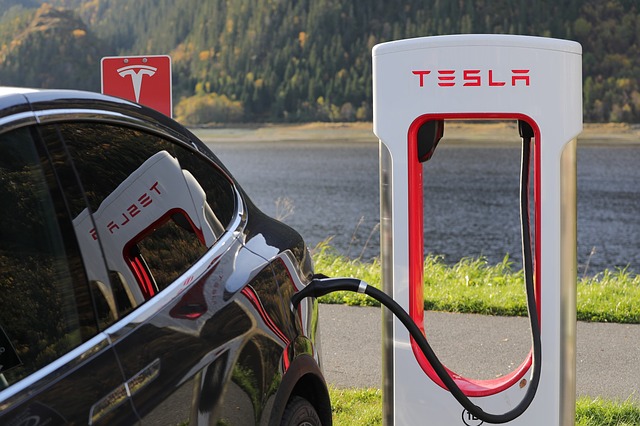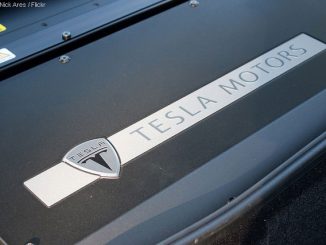
Last April, Elon Musk promised Tesla (NASDAQ:TSLA) vehicles would soon be powered by battery packs designed to last at least one million miles. It seems the outspoken tech entrepreneur wasn’t exaggerating.
In a new scientific paper published in the Journal of the Electrochemical Society (JES), Canadian researchers from Dalhousie University in Halifax, Nova Scotia, led by physicist and Tesla battery research partner Jeffrey Dahn, announced that the electric carmaker may soon have a lithium-ion (Li-ion) battery that can last more than a million miles.
In outlining the science behind the battery and what makes it unique, Dahn says the formula for a battery pack that can only lose less than 10% of its energy capacity during its lifetime, includes notable nanostructure improvements in cycle life using artificial graphite for the anode, a composition of high capacity characteristics that originate from NMC532, the well-balanced ratio of Nickel content to Manganese and Cobalt contents, 0.5%, 0.3% and 0.2%, respectively.
According to the paper, the new NMC532 cathode approach to the single-crystal lithium-ion battery introduces the advantages of larger single crystals as a way of creating a battery structure that is good not only for some 4000 charges – 4X as many as current commercial batteries – but also one that is less likely to develop cracks or degrade in performance as it cycles through charged and discharged states. In fact, the JES paper, which is worth pointing out was published in one of the most prestigious journals in electrochemistry, notes that no micro-cracking was observed “in the single crystal NMC532 electrode particles after 5000 cycles”.
An interesting fact about this paper is its tendency to help advance research in the field by revealing specific details on the battery’s chemical composition and how to achieve such a long life cycle.
“Full details of these cells including electrode compositions, electrode loadings, electrolyte compositions, additives used, etc. have been provided…” Dahn and his team wrote in the paper. “This has been done so that others can recreate these cells and use them as benchmarks for their own R+D efforts be they in the spaces of Li-ion cells or “beyond Li-ion cells”.
The final juicy bit of the report suggests Tesla and Dahn had received a patent for the new battery before they published their paper. The speculation is that Tesla already has an advanced version of the battery which thanks to an electrolyte additive will likely enable its vehicles, including robotaxis and long-haul electric trucks, both of which Tesla is developing, to perform even better.
Disclaimer: This page contains affiliate links. If you choose to make a purchase after clicking a link, we may receive a commission at no additional cost to you. Thank you for your support!



Leave a Reply